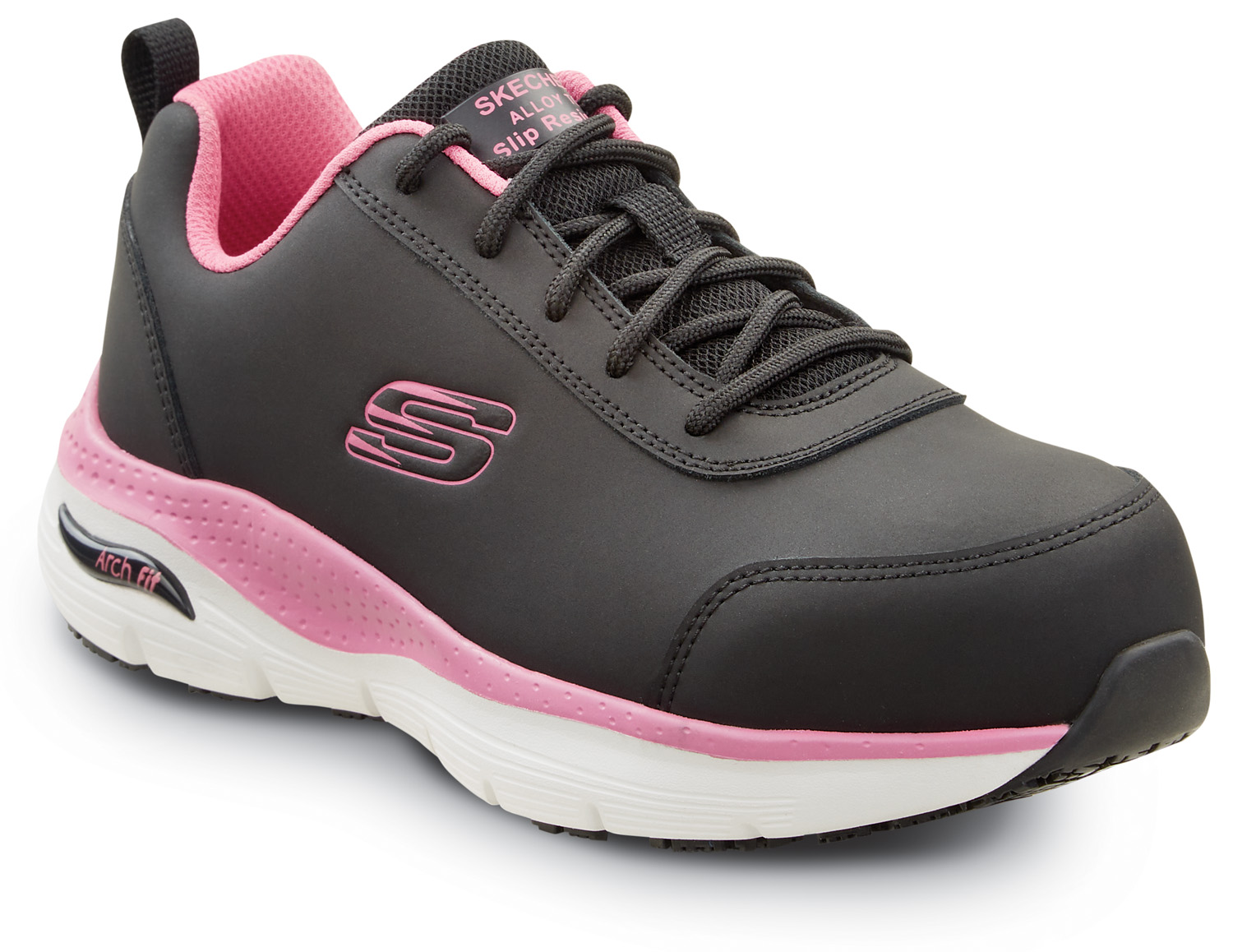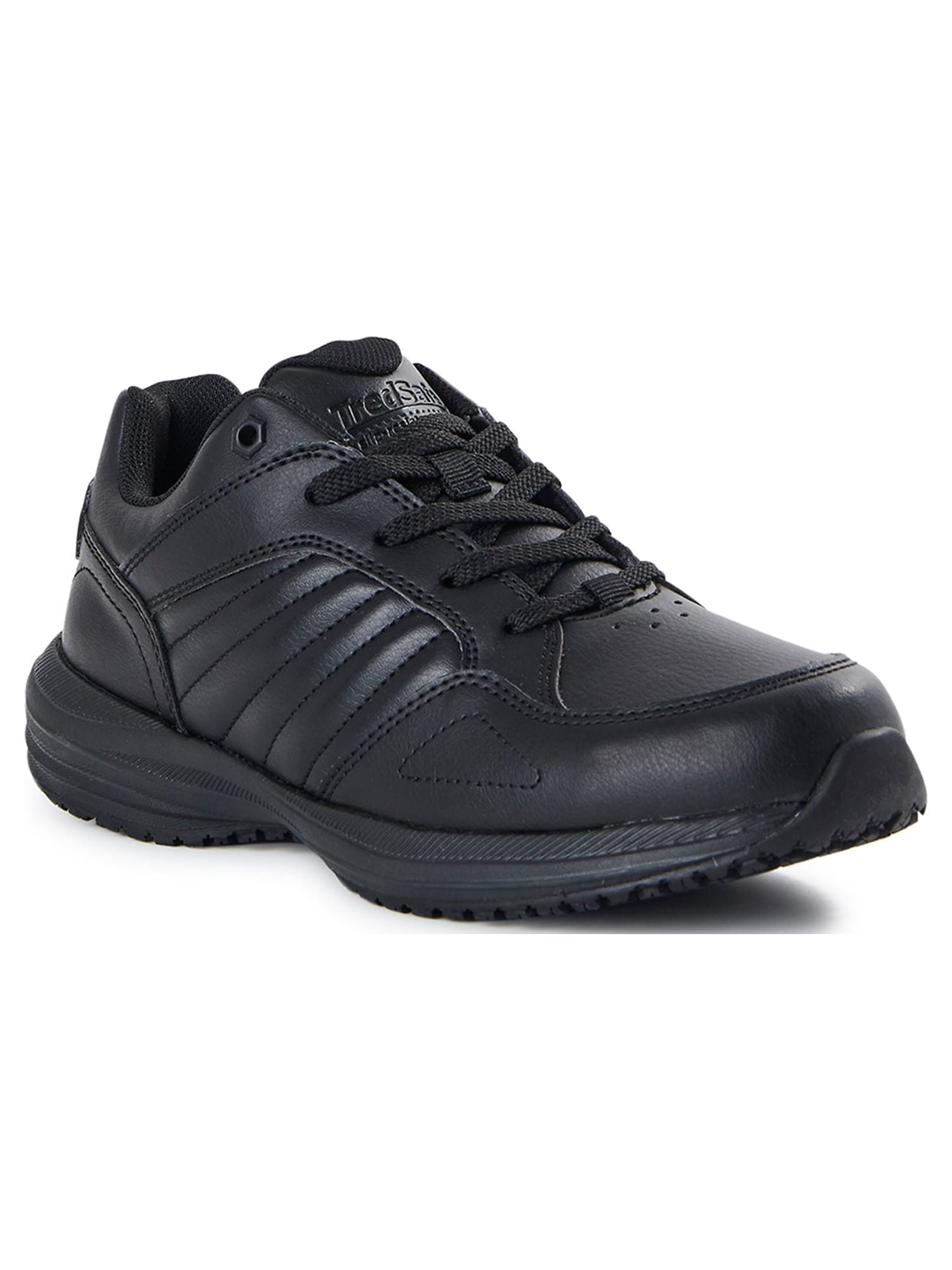The Ultimate Guide to Slip-Resistant Shoes for Women
In today’s fast-paced world, safety and comfort are paramount, especially in environments where slips and falls can lead to serious injuries. Slip-resistant shoes for women are designed to provide the necessary grip and support to navigate these hazardous conditions. This guide aims to delve into the science behind slip resistance, the benefits of these shoes, and how to choose the right pair for your needs.

Understanding Slip Resistance
Slip resistance is a critical feature in footwear, particularly in industries such as healthcare, hospitality, and food service, where wet or oily surfaces are common. According to the National Floor Safety Institute, slips and falls account for over 1 million emergency room visits annually in the United States alone. The science behind slip resistance involves the interaction between the shoe’s outsole and the floor surface. Shoes with slip-resistant properties typically have outsoles made from materials like rubber, which provide better traction on wet or oily surfaces. The design of the outsole, including its pattern and texture, also plays a significant role in enhancing grip.

Benefits of Slip-Resistant Shoes for Women
Slip-resistant shoes for women offer numerous benefits beyond just preventing slips and falls. These shoes are often designed with comfort in mind, featuring cushioned insoles and supportive arch designs. This makes them ideal for long shifts, reducing the risk of foot fatigue and discomfort. Additionally, many slip-resistant shoes are lightweight and flexible, allowing for natural foot movement and reducing the risk of strain. According to a study published in the Journal of Occupational Health, employees who wear slip-resistant shoes report higher levels of job satisfaction and lower rates of workplace injuries.

Choosing the Right Slip-Resistant Shoes
Selecting the right pair of slip-resistant shoes for women involves considering several factors. First, it’s essential to ensure that the shoes meet industry standards for slip resistance. The American Society for Testing and Materials (ASTM) has established standards for slip resistance, and shoes that meet these criteria are typically labeled as such. Second, consider the specific needs of your work environment. For example, if you work in a kitchen, you may need shoes that are not only slip-resistant but also heat-resistant. Lastly, comfort and fit are crucial. Shoes that fit well and provide adequate support can make a significant difference in your overall well-being and productivity.

Professional Knowledge and Discounted Prices
When it comes to purchasing slip-resistant shoes for women, it’s important to leverage professional knowledge and take advantage of discounted prices. Many retailers offer expert advice to help you choose the right pair, and online platforms often provide discounts and promotions. For instance, renowned chef Gordon Ramsay emphasizes the importance of proper footwear in the kitchen, stating, “Safety should always come first, and that includes having the right shoes.” By combining professional guidance with cost-effective options, you can ensure that you get the best value for your investment.
Conclusion
In conclusion, slip-resistant shoes for women are an essential investment for anyone working in environments where safety and comfort are paramount. By understanding the science behind slip resistance, recognizing the benefits these shoes offer, and knowing how to choose the right pair, you can significantly reduce the risk of workplace injuries and enhance your overall job satisfaction. Remember, the right footwear can make all the difference in maintaining your safety and well-being.
